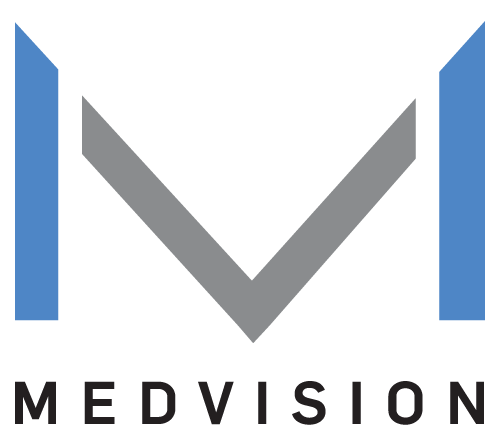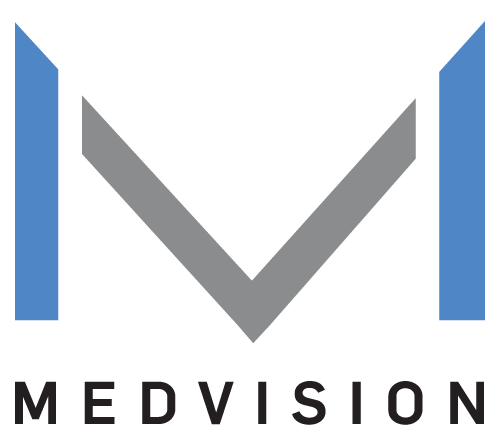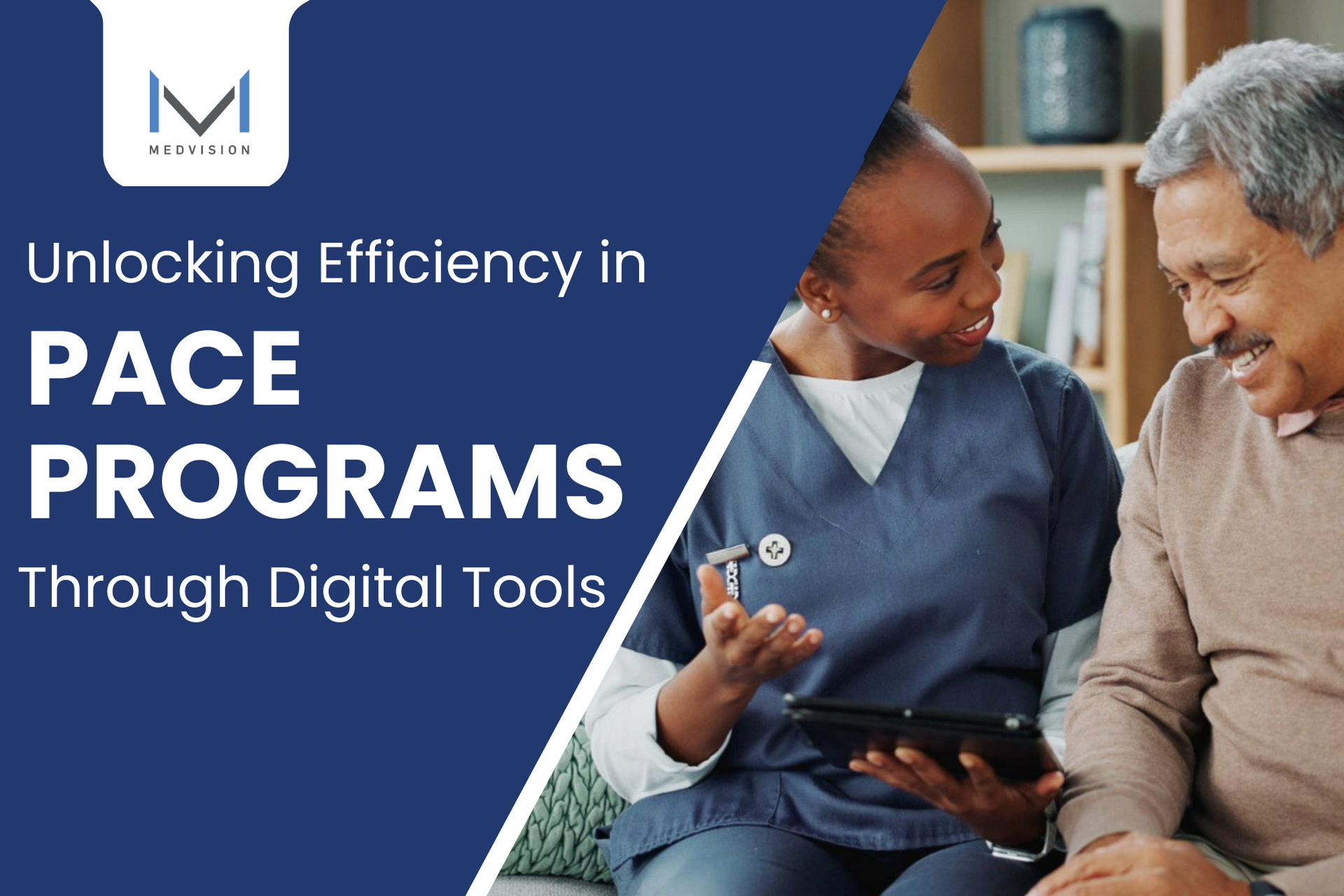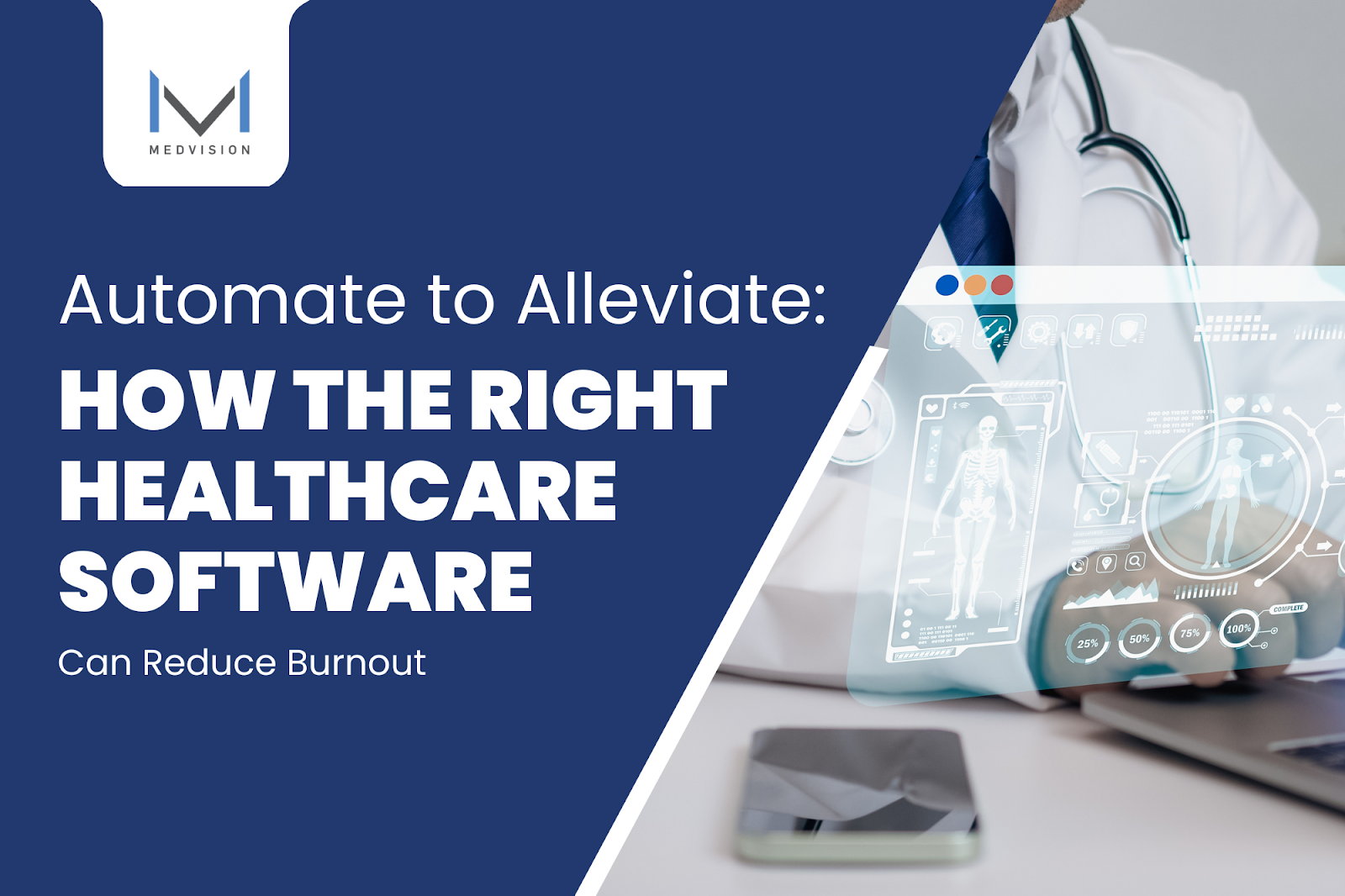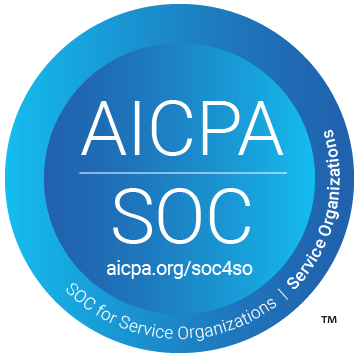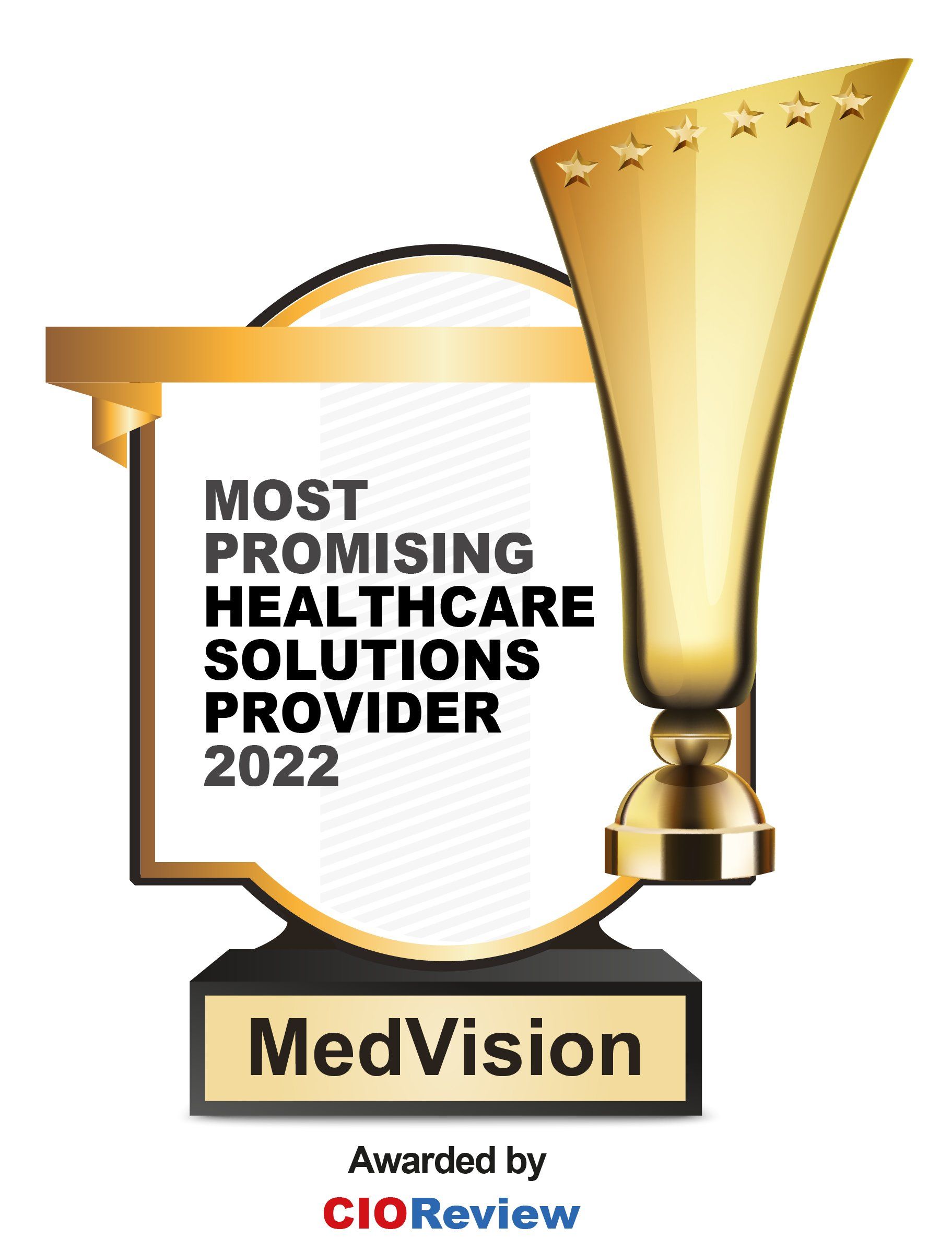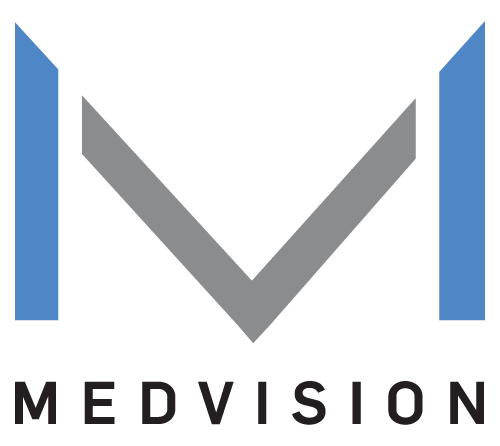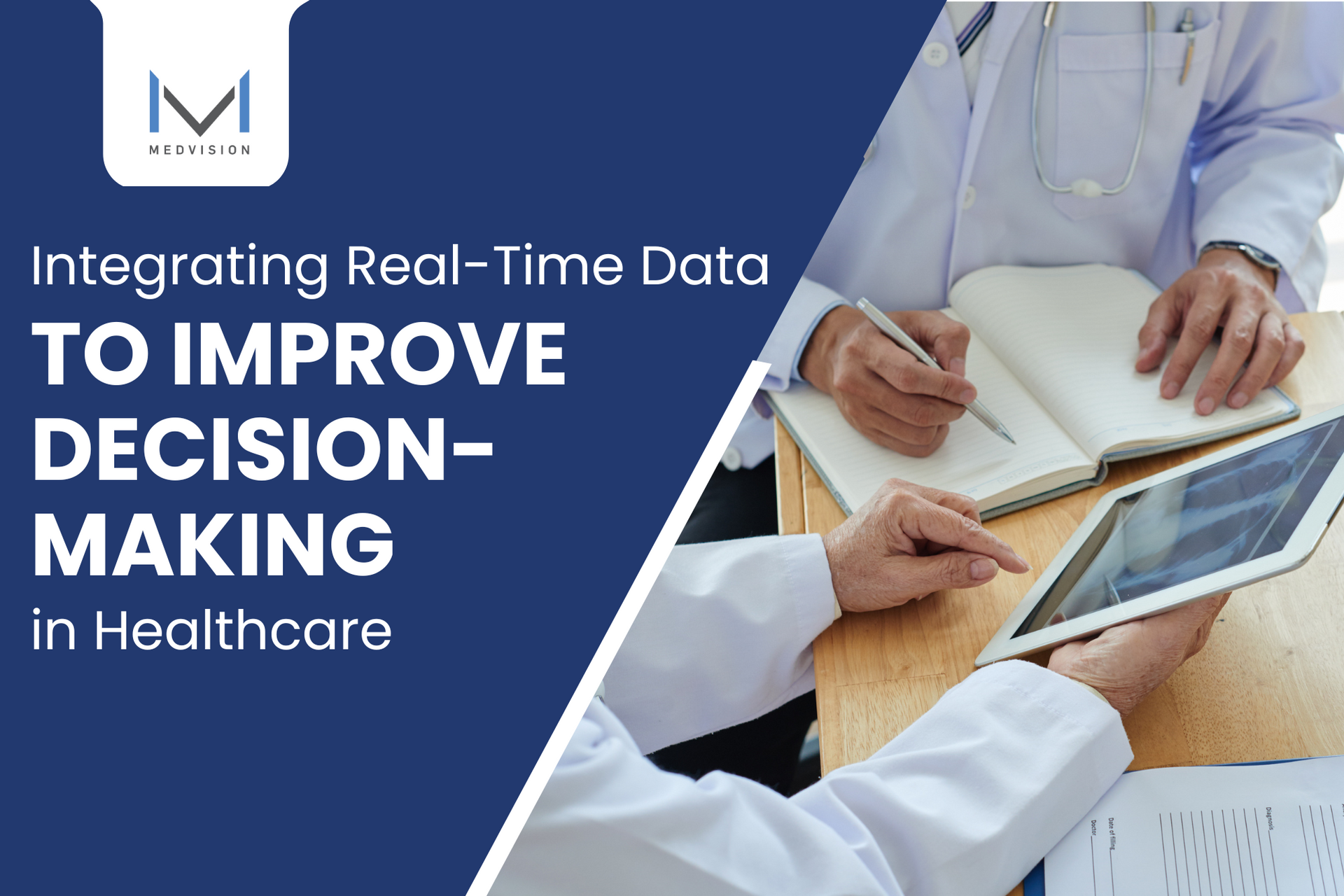
When a critically ill patient comes in with complex symptoms that don’t add up and the clock is ticking, will you have the information you need to promptly act decisively?
Every second counts, and the difference between a good and potentially life-changing decision could hinge on having the right information at the right moment. Modern healthcare doesn't just require expertise—it demands real-time intelligence.
Real-time data integration bridges the gap between scattered information and actionable insights. Whether we're talking about split-second decisions in emergency care or carefully monitoring the progression of chronic diseases, the ability to access and interpret data in real-time can be a lifesaver.
At MedVision, we've made it our mission to bridge these technological gaps with innovative healthcare solutions. We're not just creating software; we're building a lifeline that connects healthcare providers with the most up-to-date, comprehensive information to deliver exceptional care when it matters most.
Real-Time Solutions for Real-Life Challenges
The Current Landscape: Challenges Without Real-Time Data
What happens when healthcare information doesn't flow smoothly? More than just inefficiency—we're talking about real-world consequences:
✔ Each year, 795,000 Americans die or become permanently disabled because of diagnostic errors.
✔ One of the most common errors for medical errors is communication gaps.
✔ Inefficient data systems and preventable medical errors cost the healthcare industry $20 billion annually.
When data doesn't flow freely, the consequences cascade:
1.Information Fragmentation: A patient’s health story is scattered around multiple systems. A cardiologist sees one piece of the puzzle, while a neurologist sees another, and yet neither has the whole picture.
The result? Fragmented care, ineffective healthcare solutions, and potential medical oversights.
2. Time-Critical Decision Paralysis: Every minute counts. So, when data is delayed:
- Emergency responses slow down
- Chronic condition management becomes reactive instead of proactive
- Critical treatment windows can close before physicians have complete information
3. The Ripple Effect of Delayed Data: It's not just about individual patient care. Delayed data creates a domino effect:
- Increased healthcare costs
- Longer hospital stays
- Higher risk of medical errors
- Reduced overall system efficiency
Real-Time Data Integration: How It Works
Imagine your health data as a continuous story, not a collection of disconnected chapters. Real-time integration ensures every detail matters; every moment counts.
But How Does Real-Time Data Integration Work?
Step 1: Data collection from diverse data sources
Healthcare providers rely on a variety of tools and systems to gather all the pieces of information about their patients, including:
| Electronic Health Records (EHR) | Claims Data | Patient Surveys | Disease Registries |
| Vital Records | Public Health Surveys | Administrative Databases | Health Statistics from Government Agencies |
Step 2: The Role of Integration
This is where we turn scattered information into a detailed story of your health data. Here’s how it works:
- Secure data protocols transform information into compatible formats
- Advanced APIs connect different systems
- Smart filters ensure only relevant data flows through
- Automatic error checking and validation
Step 3: Instant Delivery
Information is given to the right people at the right time.
- Healthcare providers receive immediate updates
- Data appears in easy-to-read dashboards
- Automated alerts for critical changes
- Mobile access for on-the-go care
The Essential Components That Make It Possible
Three fundamental pillars work together to create a seamless, secure, and efficient flow of information.
1.Interoperability Standards: These standards create a common ground where different healthcare technologies can communicate effectively, regardless of their manufacturer or origin.
- HL7/FHIR protocols
- Standardized data formats
- Universal APIs
2. Security Measure: Modern healthcare security measures create an intricate web of protection for data that tracks it from source to destination, restricting access to authorized personnel, all while maintaining a complete audit trail.
- End-to-end encryption
- HIPAA compliance
- Real-time access controls
3. Integration Tools: These sophisticated tools are constantly at work, transforming, validating, and routing data to where it needs to go, all while maintaining the integrity and context of the information.
- Custom APIs
- Data mapping engines
- Real-time validation systems
Key Benefits of Real-Time Data in Decision Making
With real-time data software, the benefits extend beyond simple convenience—they're reshaping how we approach patient care.
1.Faster, Smarter Responses in Critical Situations
When every moment counts, real-time data ensures that healthcare teams are always ready:
- In the ER: Clinicians can prioritize care based on live triage data, ensuring the most critical cases are handled first.
- In surgeries: Surgeons have instant access to updated vitals, guiding them during high-stakes procedures.
2. Improved Accuracy and Reduced Errors
Outdated or incomplete data can lead to mistakes. With live updates:
- Clinicians work with the latest information, minimizing the risk of misdiagnosis.
- Medication errors are reduced by integrating real-time pharmacy data with EHRs.
3. Enhanced Chronic Care Management
For patients with chronic conditions, ongoing monitoring is crucial. Real-time data enables:
- Proactive interventions when devices detect abnormal readings.
- Personalized care plans that adapt to real-time changes in the patient’s health.
4. Operational Efficiency for Administrators
Real-time integration isn’t just for critical teams—it’s a boon for administrators, too:
- Live dashboards provide insights into staffing needs and resource allocation.
- Automated workflows reduce paperwork, freeing up staff for patient care.
5. Better Patient Outcomes and Satisfaction
Ultimately, real-time data integration leads to what matters most: better care. Patients experience:
- Shorter wait times thanks to streamlined processes.
- More accurate treatments are based on the most current data.
- Greater peace of mind, knowing their providers have a complete, up-to-date view of their health.
Shaping Tomorrow's Healthcare, Today, with Medvision
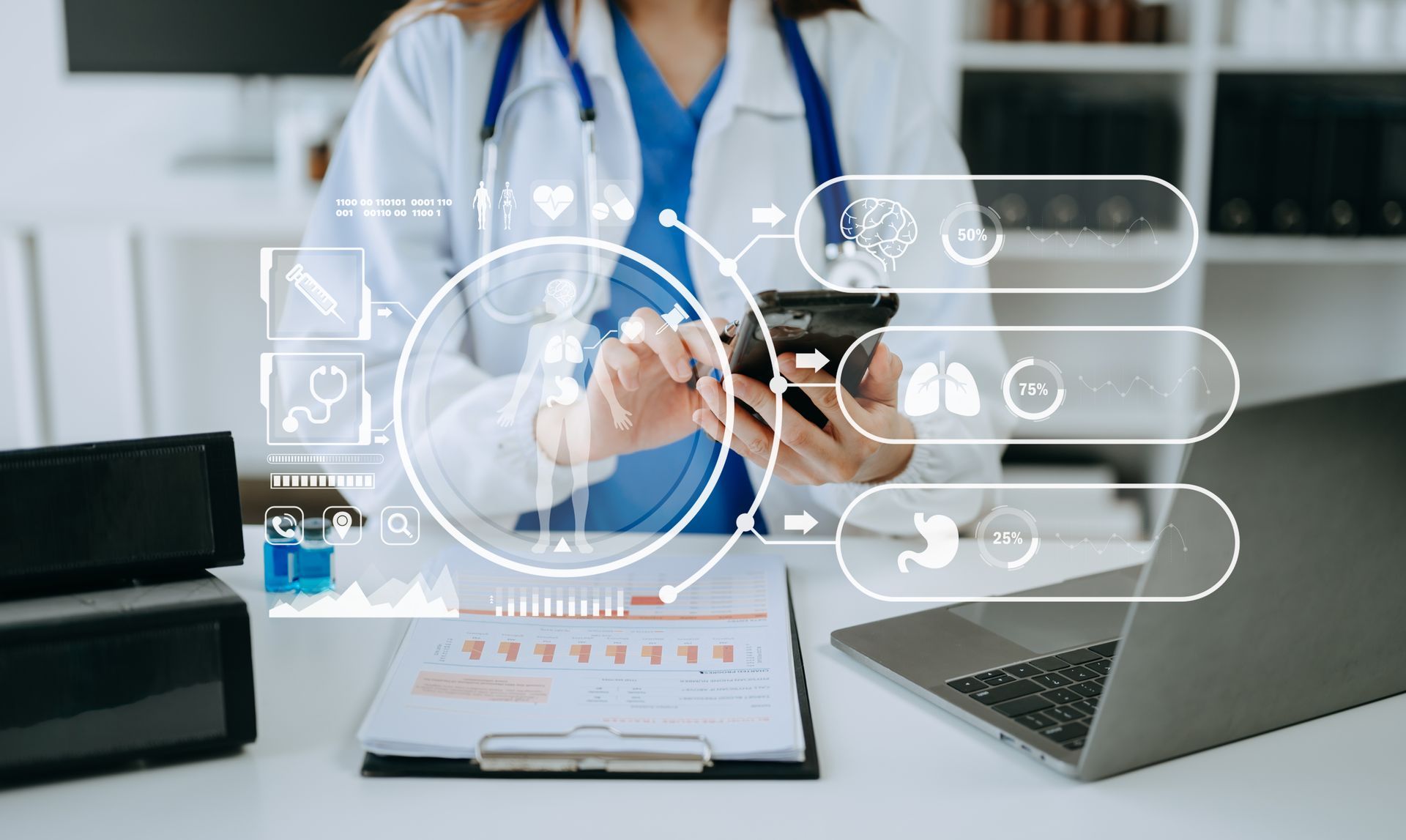
By now, you’ve seen the incredible potential of real-time data integration to transform healthcare decision-making. But the question remains: how can healthcare administrators make this vision a reality?
That’s where MedVision comes in.
At MedVision, we’ve developed QuickCap, a cutting-edge solution to simplify and enhance data management. QuickCap is more than just healthcare administration software—it’s a comprehensive tool that unifies data from diverse sources and turns it into actionable insights.
How QuickCap Works: Seamless, Smart, and Secure
- Interoperability at Its Best: QuickCap connects EHRs, wearable devices, lab systems, and more, ensuring a seamless data flow across platforms.
- Live Dashboards: Get real-time updates on patient status, resource utilization, and system performance all in one place.
- Predictive Analytics: QuickCap goes beyond the present, using data trends to forecast potential issues and guide proactive decision-making.
- Integration Made Easy: It works effortlessly with existing systems, minimizing disruptions while maximizing impact.
Empowering Smarter Decisions
QuickCap isn’t just about data; it’s about using that data to:
- Prioritize triage effectively in high-pressure emergency situations.
- Enhance chronic care management by continuously monitoring patient conditions.
- Streamline administrative decisions, like resource allocation or staffing adjustments.
The journey to real-time data integration starts with a single step. The technology is ready. The benefits are clear. The only question is: Are you ready to be part of healthcare's next great transformation?
Don’t Wait—Integrate!
Recently published articles
Keep in touch
Subscribe to get the latest update
Trending topics
Share your insights on social media
Upcoming events and company news
